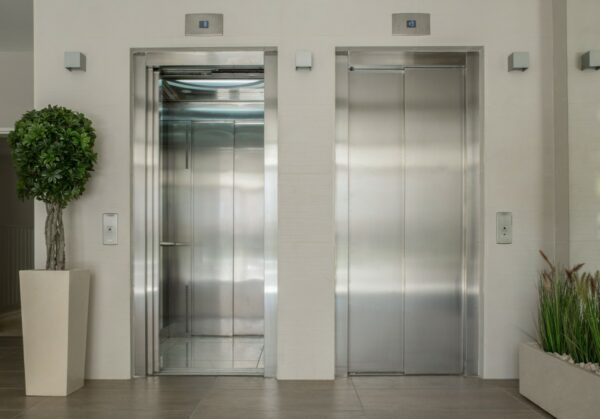Home Elevators Could Prove Dangerous for Small Children
Residential elevators have been responsible for the deaths and injuries of many children in the past 40 years. Although manufacturers of residential elevators have been aware of the risk to children, they have been resistant to making changes that could save lives.

Why Are Residential Elevators so Dangerous?
Residential elevators operate differently from commercial elevators. Both residential and commercial elevators have interior and exterior doors. In commercial elevators, the doors open and close simultaneously whenever the elevator is ready.
In residential elevators, however, the user has to open the exterior and interior door separately. The exterior door might look like a closet door. The interior door is still closed after the user opens the first door, and he or she must open it to enter the elevator. There is a gap of about five inches in between. Because users can open the doors independently, children can get trapped between the two doors, leading to serious accidents.
If a child accidentally closes him or herself in the gap, the child runs the risk of being crushed or suffering a dangerous fall. If a child closes him or herself between the doors, and the elevator begins to ascend, the elevator can crush the child against the door jamb. Smaller children may avoid a crushing injury, but the elevator can lift the children as it ascends, causing children to fall down the elevator shaft.
Parents routinely put safety measures in place to keep their children away from dangerous household products. Stores like Walmart and Target even have baby-proofing products to help parents keep children safe. However, many parents don’t realize the risk posed by residential elevators. Although they cause gruesome injuries to children and often result in death, many people aren’t aware of the accidents. Further, anecdotal evidence indicates that parents and surrounding adults don’t know how to remove a trapped child safely. In some instances, parents have pushed the elevator call button in an attempt to open the exterior door, making injuries worse.
Can Owner Make Residential Elevators Safe?
Elevator owners can easily make them safer for children by installing a space guard. Space guards attach to the exterior door, preventing it from closing if a child is between the two doors. However, elevator owners have to contact the elevator manufacturer to order and install the product.
Why Haven’t Elevator Manufacturers Made Residential Elevators Safer?
A 2020 Washington Post article claims that eight children have died in residential elevator accidents since 1981. However, evidence indicates that the number of death and injuries is likely much higher. The Otis Swing Door Elevator, found in apartment buildings, killed or injured 34 children in just ten years. Further, the numbers of fatalities and injuries may not reflect near misses in which a child accidentally trapped him or herself but was not seriously injured.
Since 1981, the elevator industry has been inexcusably slow to make any safety improvements. In 2016 the American Society of Mechanical Engineers changed its recommendation for the gap between doors from 5 to 4 inches. Further, in 2020 Otis Elevator Company, the largest manufacturer of residential elevators, conducted a voluntary recall to correct entrapment risks. Although these are steps in the right direction, elevator manufacturers can, and should, do more to make residential elevators safe for children.
